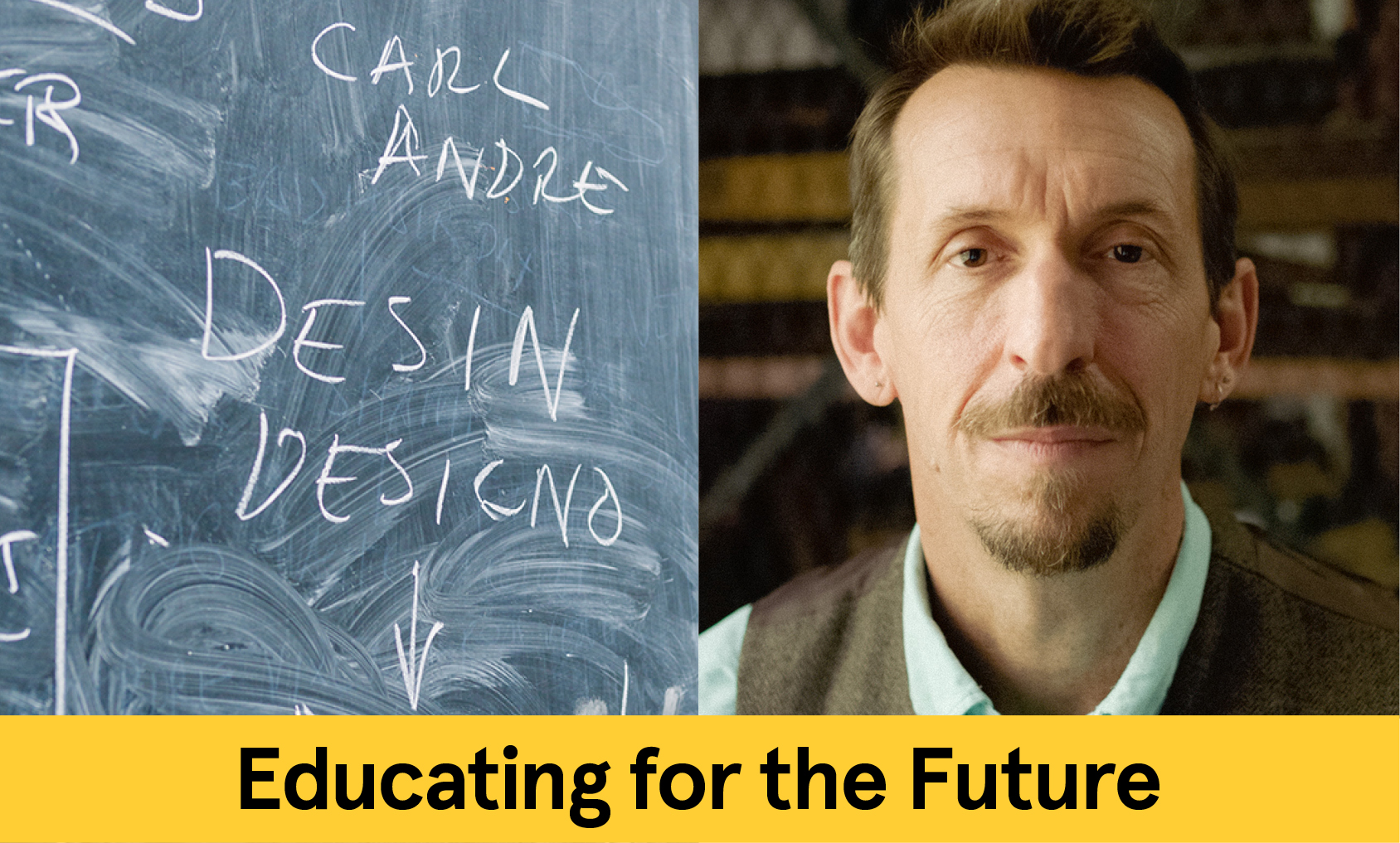
Exploring new models for education is one of the pillars of President Frances Bronet’s inauguration and an important area of discussion in academia. We live during a time of dramatic change, where the landscape is quickly shifting. How is Pratt preparing its students for careers and technologies that aren’t here yet?
In this new weekly series, “Educating for the Future,” educators across Pratt’s disciplines share their vision as to how they are educating students for a world that is quickly evolving—and reflect on what is needed to prepare the next generation for an environment that is rapidly changing.
This column is by John Decker, Chair of History of Art and Design in Pratt’s School of Liberal Arts and Sciences.
If past is prologue, then the study of history is vital to understanding today and also to building the world we will live in tomorrow. This holds especially true for the history of art and design, which examines the world through the convergence points of human behavior, ingenuity, and creativity. In today’s quickly shifting intellectual, cultural, and business environments, rapid changes need to be placed carefully in their proper developmental contexts to both maximize their potential benefits and decrease any possible drawbacks. The history of art and design has developed an array of methods and tools to do just that. To continue to be relevant, however, the discipline must adapt. This raises two main questions: How do we teach this historic discipline in ways that look both backward and forward? How do we prepare students for a world we have yet to imagine?
A potential answer to these questions lies, in part, in the rich tradition of a liberal arts and humanities education. Those trained in this manner are taught critical reading, thinking, and argumentation skills that are portable and applicable in a wide range of situations. A liberal arts and humanities education teaches students to think synthetically and laterally, which allows students to adapt more readily to problems that do not yet exist. In other words, teaching students how to think rather than what to think, how to set new problems rather than how to mechanically solve existing problems, provides the tools necessary to make an impact on the here-and-now and to shape the future.
Another potential answer to the questions at hand lies in the developing worlds of digital humanities and digital art history. The techniques and tools in these fields are reaching a point where they are becoming more useable and accessible for students. Teaching students to become familiar with visual databases, computational text analysis, technologies for reconstructing lost or damaged works—or sites destroyed by war—will provide them with knowledge and insights needed to push frontiers of knowledge ever forward. Such familiarity will not only be based on an understanding of the software available today, it will also require students to be comfortable with general computation—including forms of coding—and information management to help them develop the tools and techniques needed to solve future problems.
In short, the way to teach the history of art and design so that it looks both backward and forward is to embrace the long intellectual inheritance of liberal arts and humanities training as well as the developing tools and technologies of the digital age. Our students, our society, and our future will be the better for it.
Find all of the “Educating for the Future” features and learn more about how Pratt’s educators from across the Institute are addressing what the future of education will bring to their field.